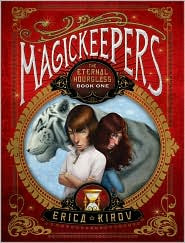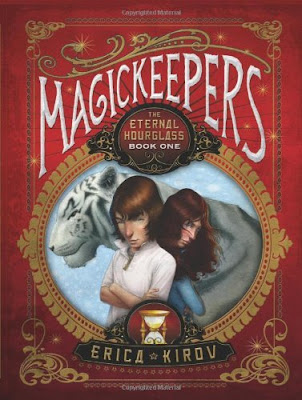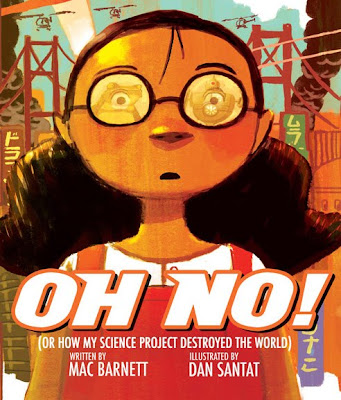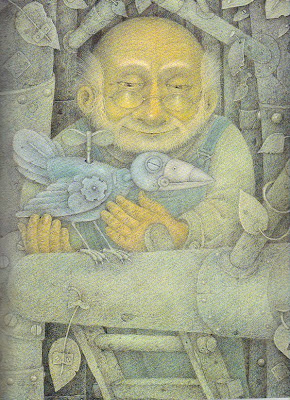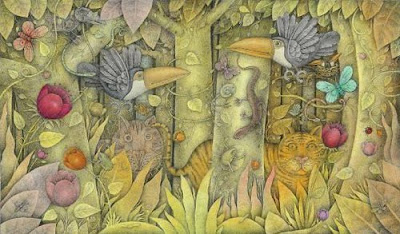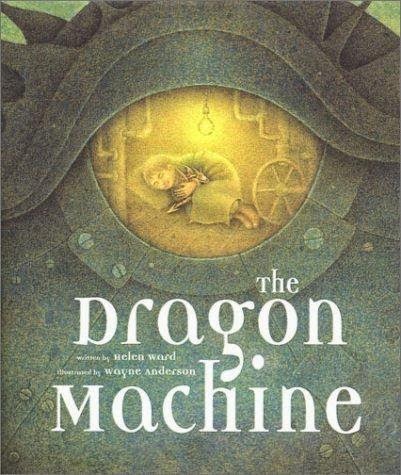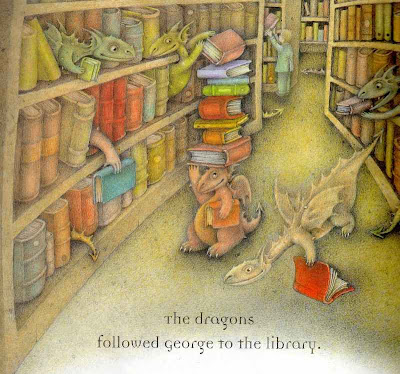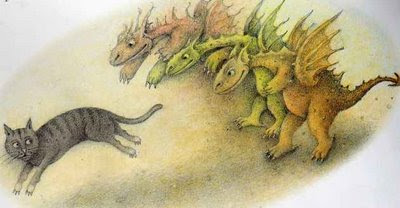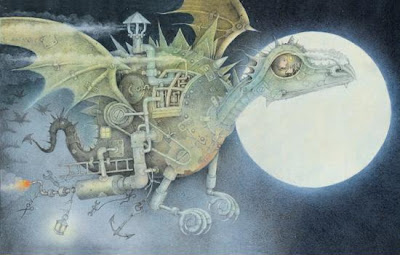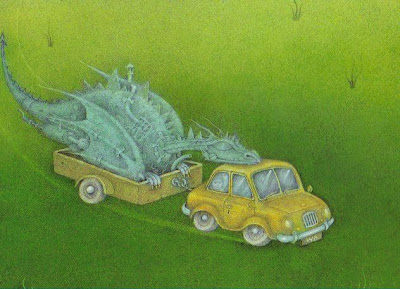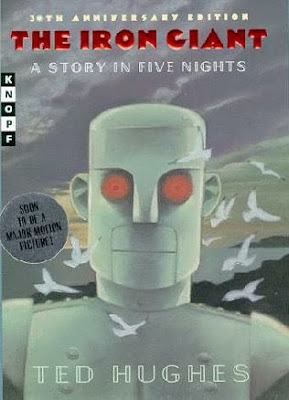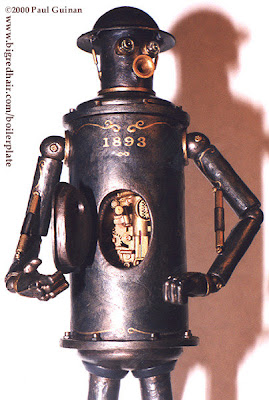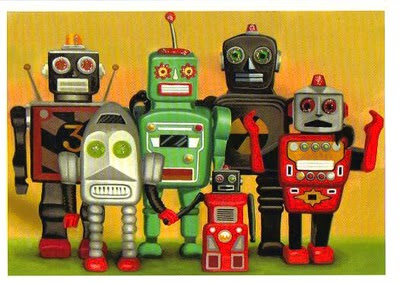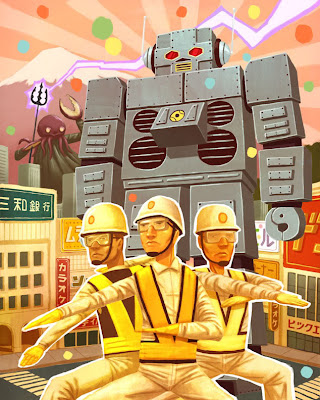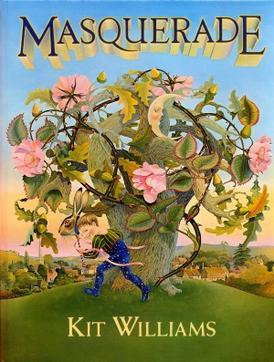
With The Pyramid of Souls, Book 2 in the Magickeepers series, Erica Kirov continues the story of Nick Rostov that she started in The Eternal Hourglass. Nick had been living alone with his dad, the house magician at the rundown Pendragon Hotel in Las Vegas. Until the family of his deceased mother came for him. Once a pizza eating, school hating skate boarder, Nick is now a crystal ball gazing, sword fighting, school hating magician living with his mother's family in the amazing Winter Palace Hotel in Las Vegas where they are the magicians in residence for the most famous magic show in America. The only catch is, the magic they perform is real, not an illusion. Nick is happy to find he has a cousin, Isabella, who's magical talents allow her to speak with animals. However, he is much less excited about the Russian food he is forced to eat three meals a day, the Russian clothes he must wear and the lessons he must take to learn to read and write Cyrillic and speak Russian.
In Book 2, we find the family preparing for a convention of Magickeepers of various talents from around the world. In order to create the best show possible for the competition that will take place at the convention, the family has purchased Penelope, a performing elephant who was once part of PT Barnum's circus show. As with the first book, Kirov weaves historical instances throughout the book, presented as scenes that Nick witnesses while gazing into his crystal ball. In Book 2 we get glimpses into the lives of Alexander the Great, Edgar Alan Poe, PT Barnum and Sir Isaac Newton. Kirov threads the historical figures' experiences into the fabric of the lives of the Magickeepers and the relics that they protect from the evil intentions of the Shadowkeepers, headed by Rasputin and his daughter.
The Pyramid of Souls, the physical manifestation of Newton's Fourth Law (if you disappear in the real world, you must equally appear in the magical realm) is a Sanctuary of sorts, hallowed ground that the Shadowkeepers are barred from. When the pyramid is stolen from the Egyptian family that is currently guarding it, Nick and family jump into action. Again, Rasputin is after Nick, this time revealing that a prophecy has predicted that Nick will be his downfall. To avoid this, Rasputin blackmails Nick into joining him and the Shadowkeepers. What choice does Nick have? They have captured Isabella and Penelope in the Pyramid of Souls...
Once again, a spectacular cover by Erci Fortune graces this book, bringing this rich characters to life. Kirov's series is a wonder, filling a niche that is relatively empty right now in the world of kid's books - well written, detailed fantasy that is UNDER 200 PAGES!!! It seems like every author who pens a fantasy book for kids now feels compelled to make it at least 500 pages long! While Kirov's book easily could have been that long, the details and settings are so fascinating she must have been tempted to show us more of them, she has kept he books svelte and sweet and perfect for a reader who enthralled by magical realms but not quite ready for the heavier stuff...
